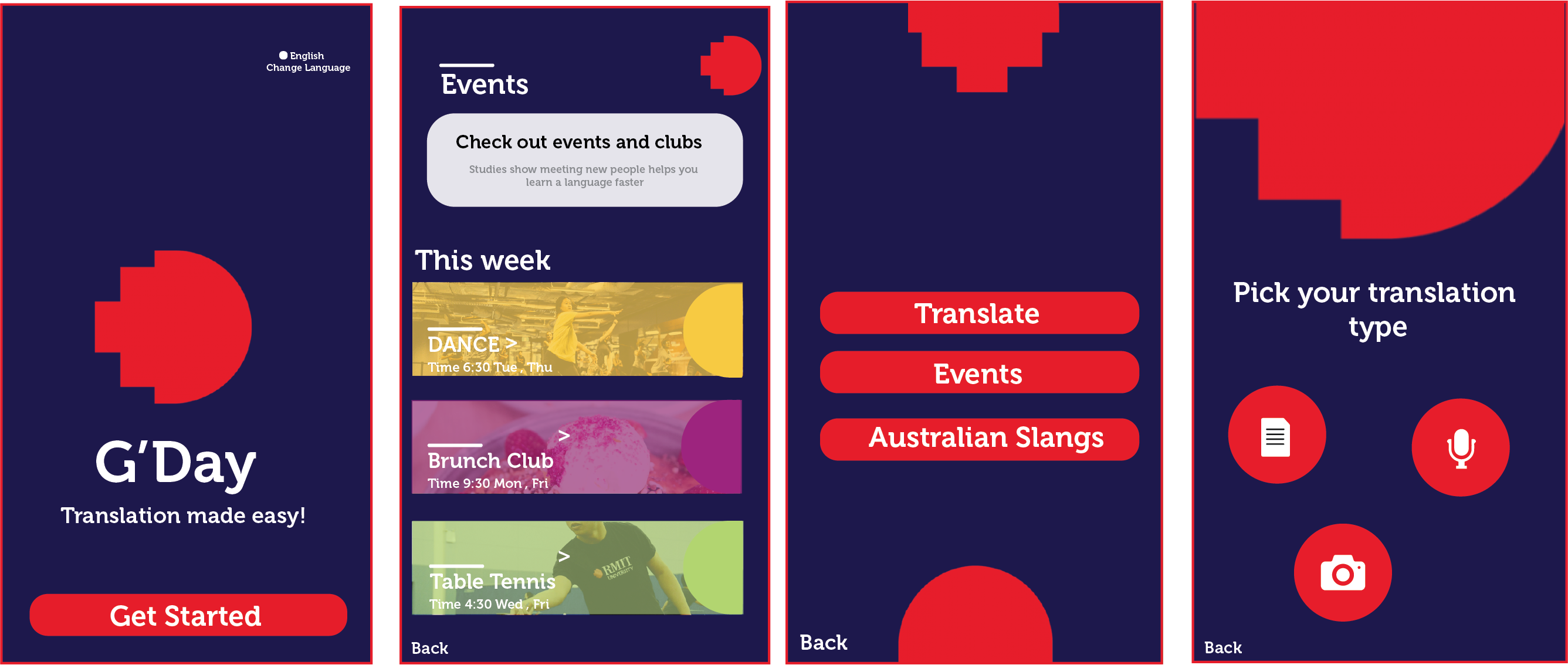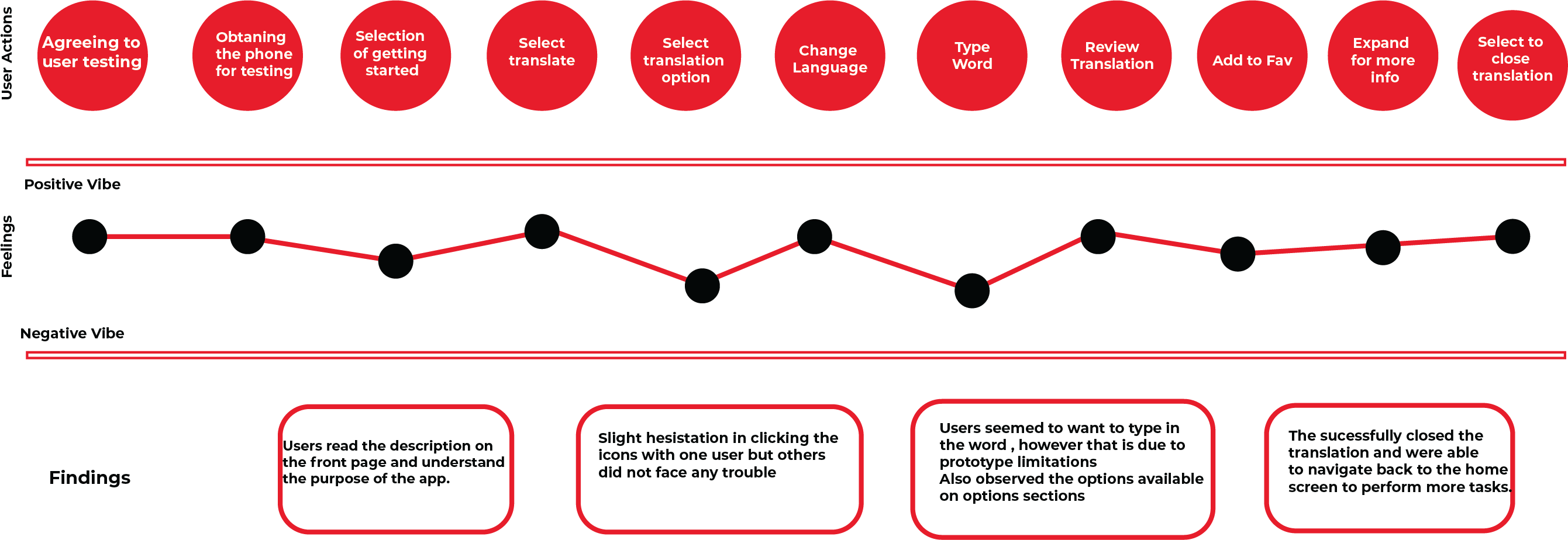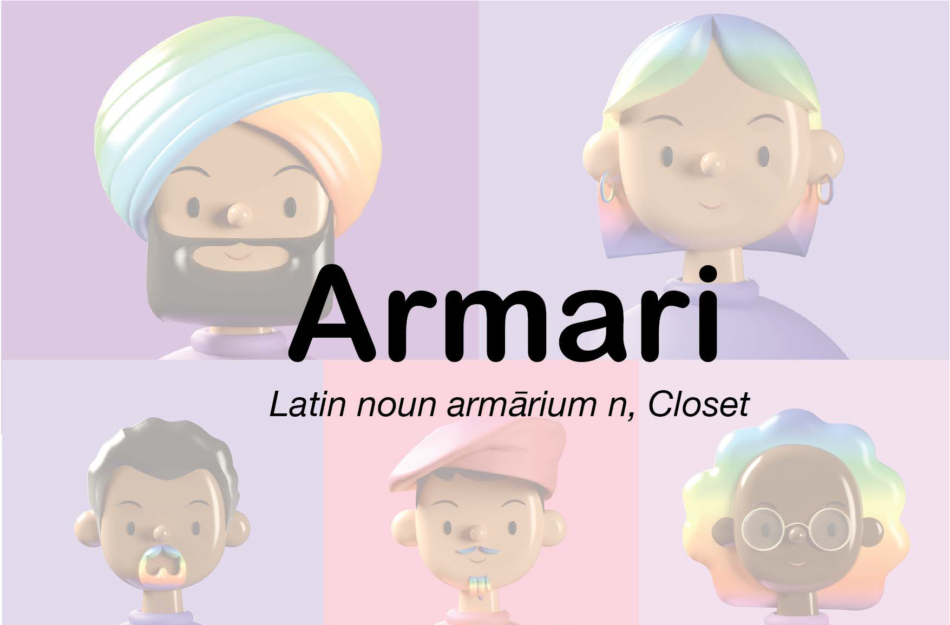
Client
RMIT Studio
Tools
Invision, Adobe XD & Illustrator
Main Role
Research, Wire-framing, Prototyping & User Testing.
RMIT G’Day is a translation app designed for RMIT students, targeted at international students to assist them with their education and the Australian lifestyle.
The app has two important features, the translation features that give the students three different ways to translate any piece of information and adding events as an option to interact with other students will not only improve confidence but will also enable a healthy social life. The app also allows students to be able to quickly scan through slang and understand its usage with examples.
The outcome of this app is to make international students feel comfortable and create a culturally diverse environment at RMIT.
02
“How might we create a mobile-based translation app for RMIT students that will also enable them to immerse themselves in the Australian culture?”
03
We conducted our initial research in 4 different methods
With survey, interview, competitor research & lean UX curve
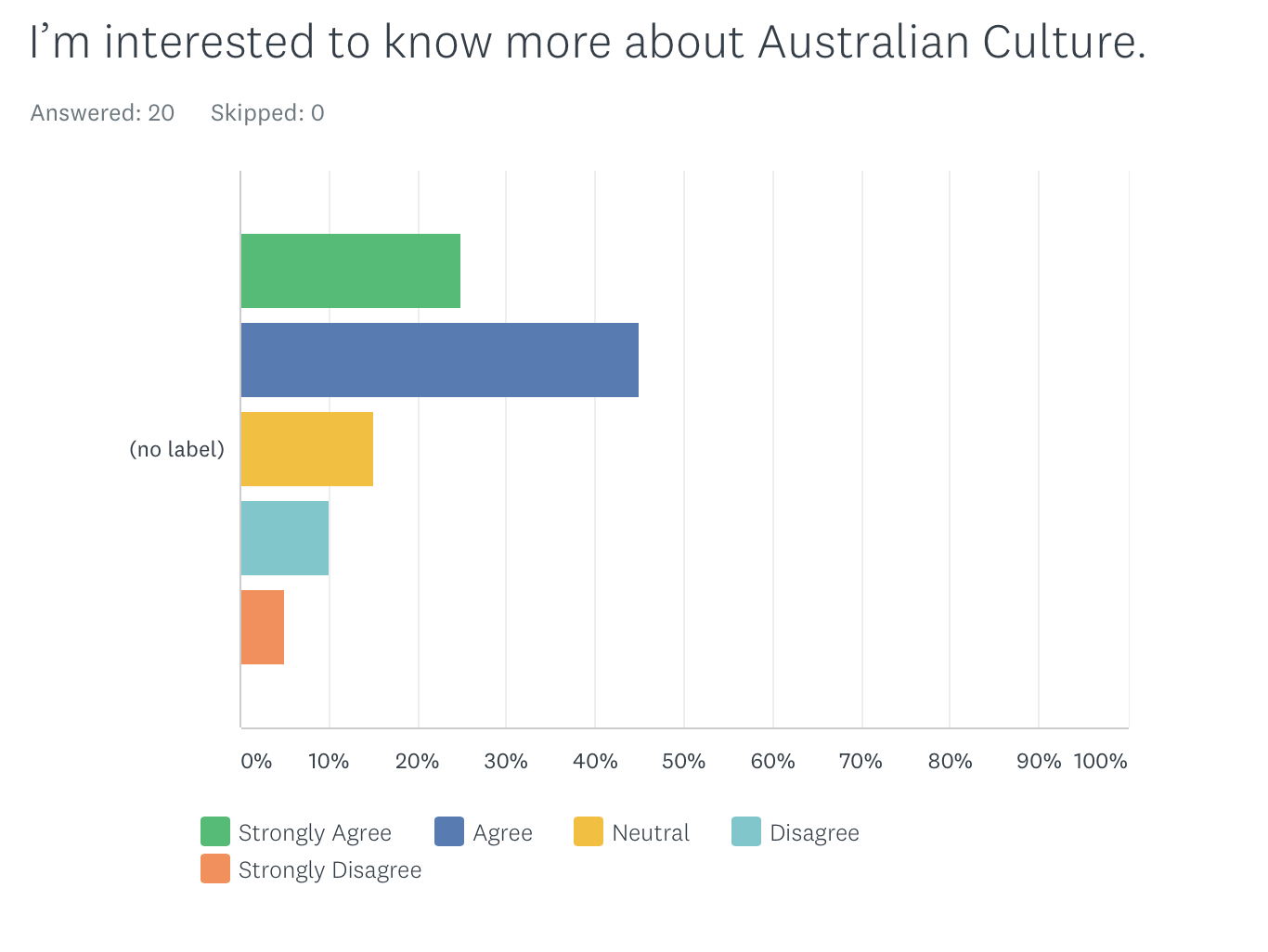
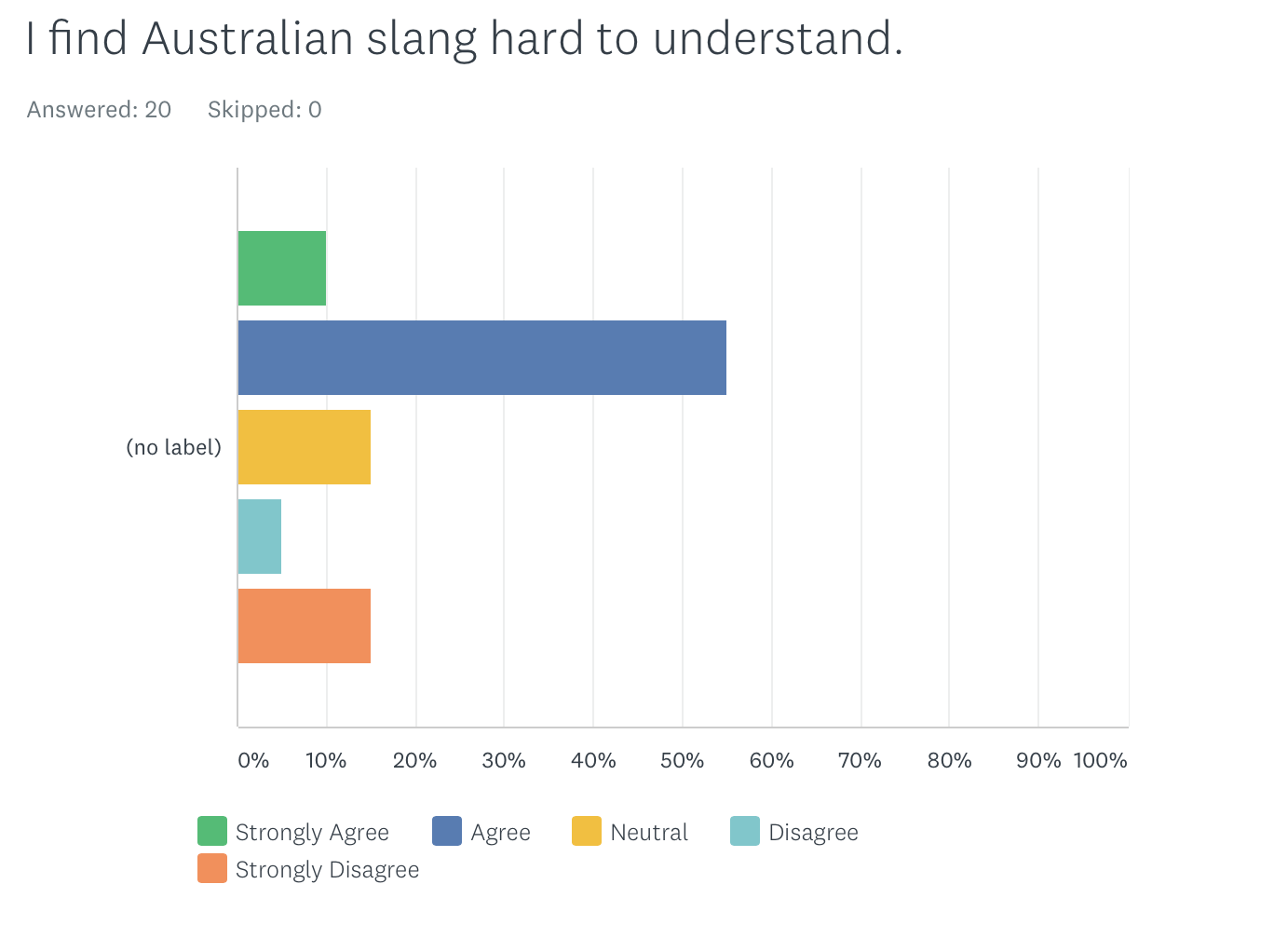
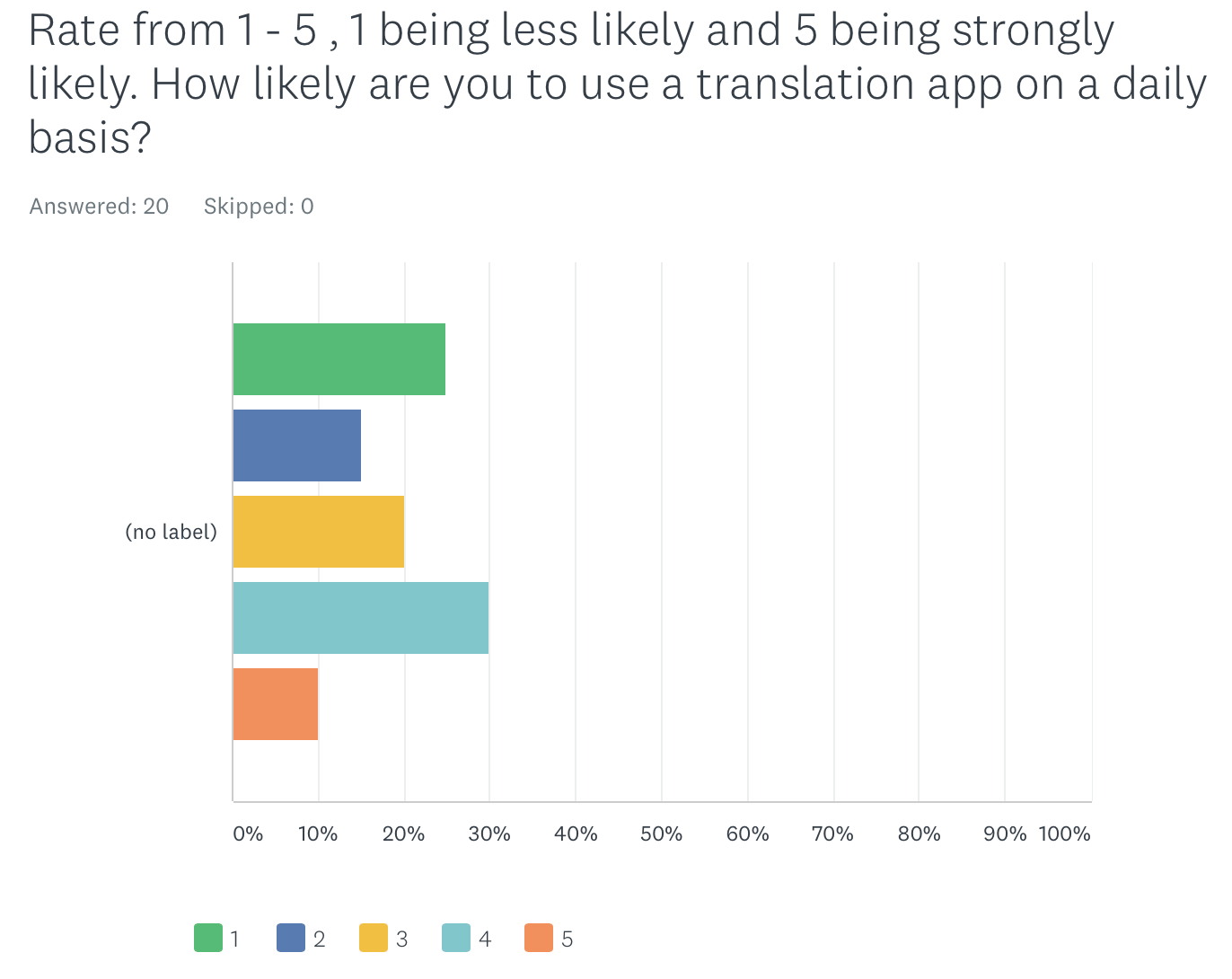
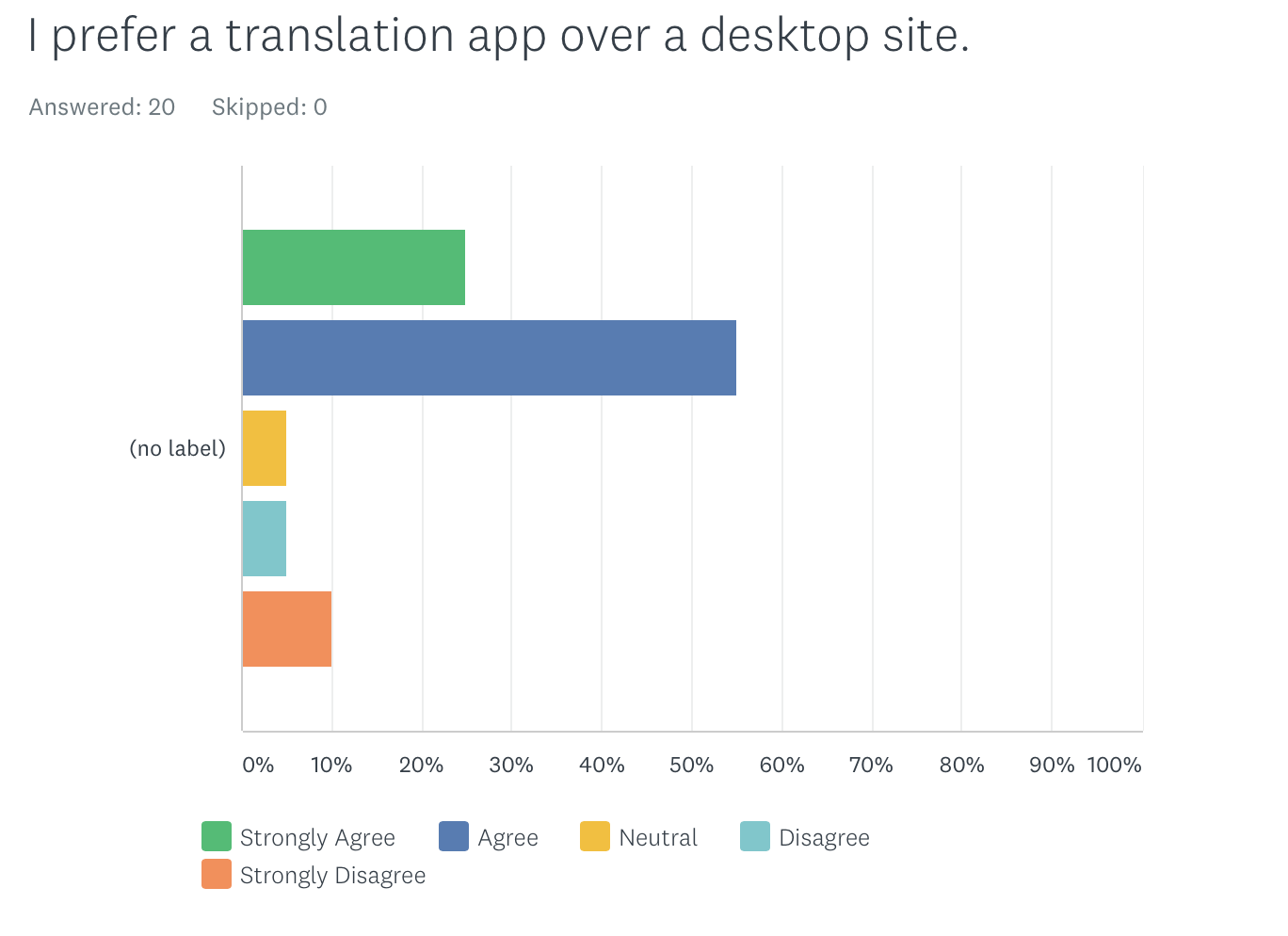
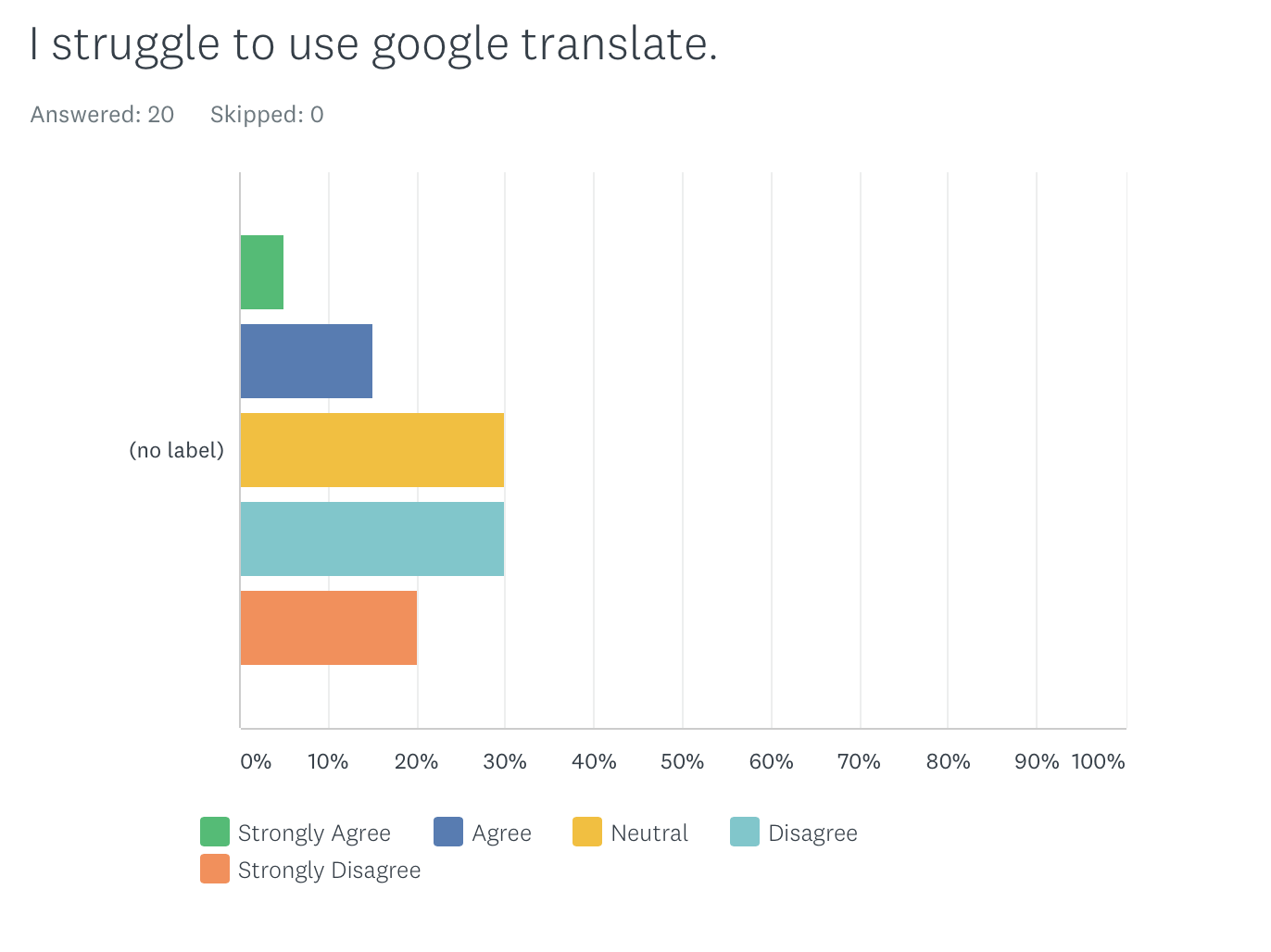
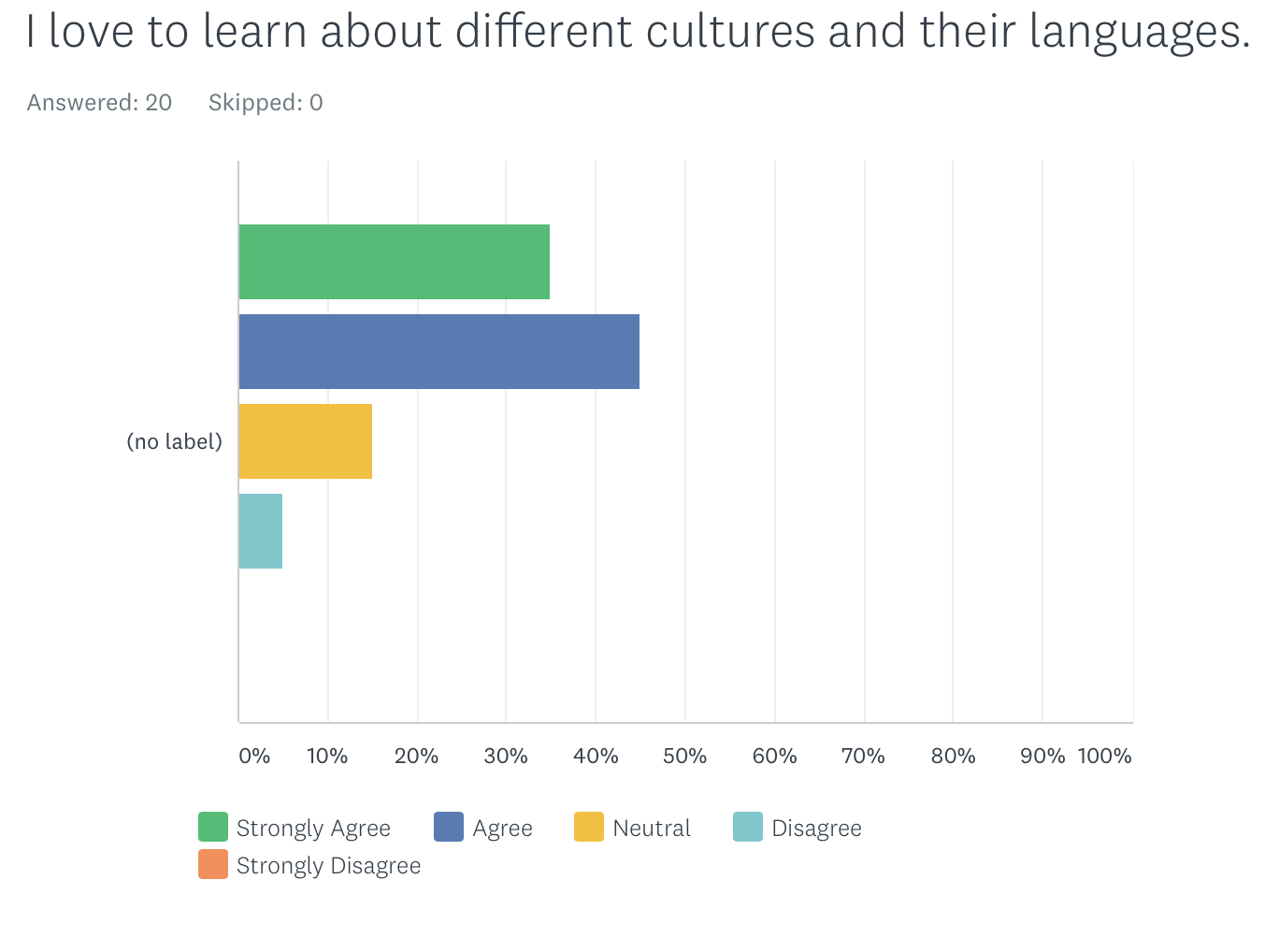


- 55 % of the participants favoured using an app for translation over desktop websites, based on this we were able to decide to create a mobile app.
- Over 45 % of students felt neutral about being involved and connected with RMIT. This was important as we’re able to know that adding a feature to push students to socialize would sit well with the current mindset of international students of RMIT.
- With equal learning styles with Visual and Text responses, we were able to understand that the features of the app must-have tools to cater to both visual and verbal learners.
- With 45 % of students wanting to learn more about Australian Culture and 55% of students agreeing they faced difficulties in understanding the Australian slangs, helped us move further with adding a feature to help students understand the meanings and usage of Australian slangs.
We conducted two face to face interviews with two RMIT international students and were able to find that students prefer to learn languages through social interaction and speaking with others. The interview also gave the understanding that students learn based on their interest in the language or culture.
- I use a translator when I need to communicate with my friends who speaks a different language.
- As an international student I emerge with Australian culture by attending events at school.
- I often use a translator to translate French to English to have a better understanding of the meaning of words.
- I don’t use learning app, translation is a way of learning.
- The reason I don’t used learning app is because I learn a new language from friends.
- I prefer verbal speaking than using a learning app.
- I learn better when I speak to someone in their language.
- I use Google translate because the design is simple and clean.
- I use a learning app when I want to read manga.
Key Findings
Both students prefer learning a language verbally with a friend who speak that language.
Both are interested to know more about Australian Culture.
User intent to learn based on their interest in the language or culture.
Our competitor’s analysis allowed us to find an interesting aspect to focus on and include in the app, most of the apps do not have any help or contact information. We found that giving easy access to students will help them feel more secure and resources could come in handy.

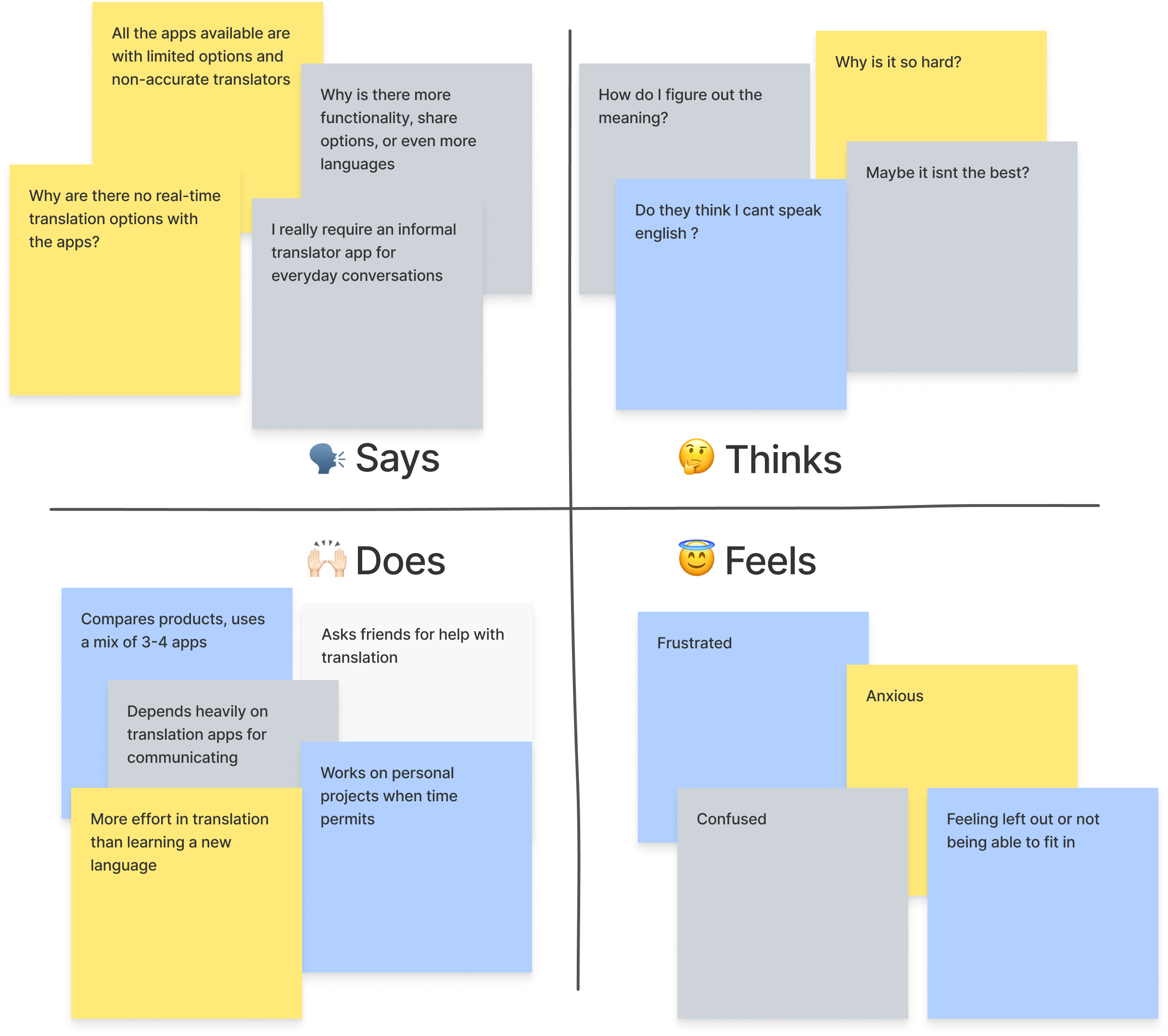
3E
Using the learn curve UX we were able to conclude:
Measurements will be based on Accessibility, Usability,Positive Reviews.
Users: RMIT International Students.
Benefits: Assignments, Peer communication, Improve vocabulary.
Features: Text, Image, Voice-based translation
Hypotheses: We believe that accessibility will be achieved if the RMIT International students attain better vocabulary with a mobile application.
Assumption: Understanding to add both or only one feature (translation and language learning) Number of languages and options to translate.
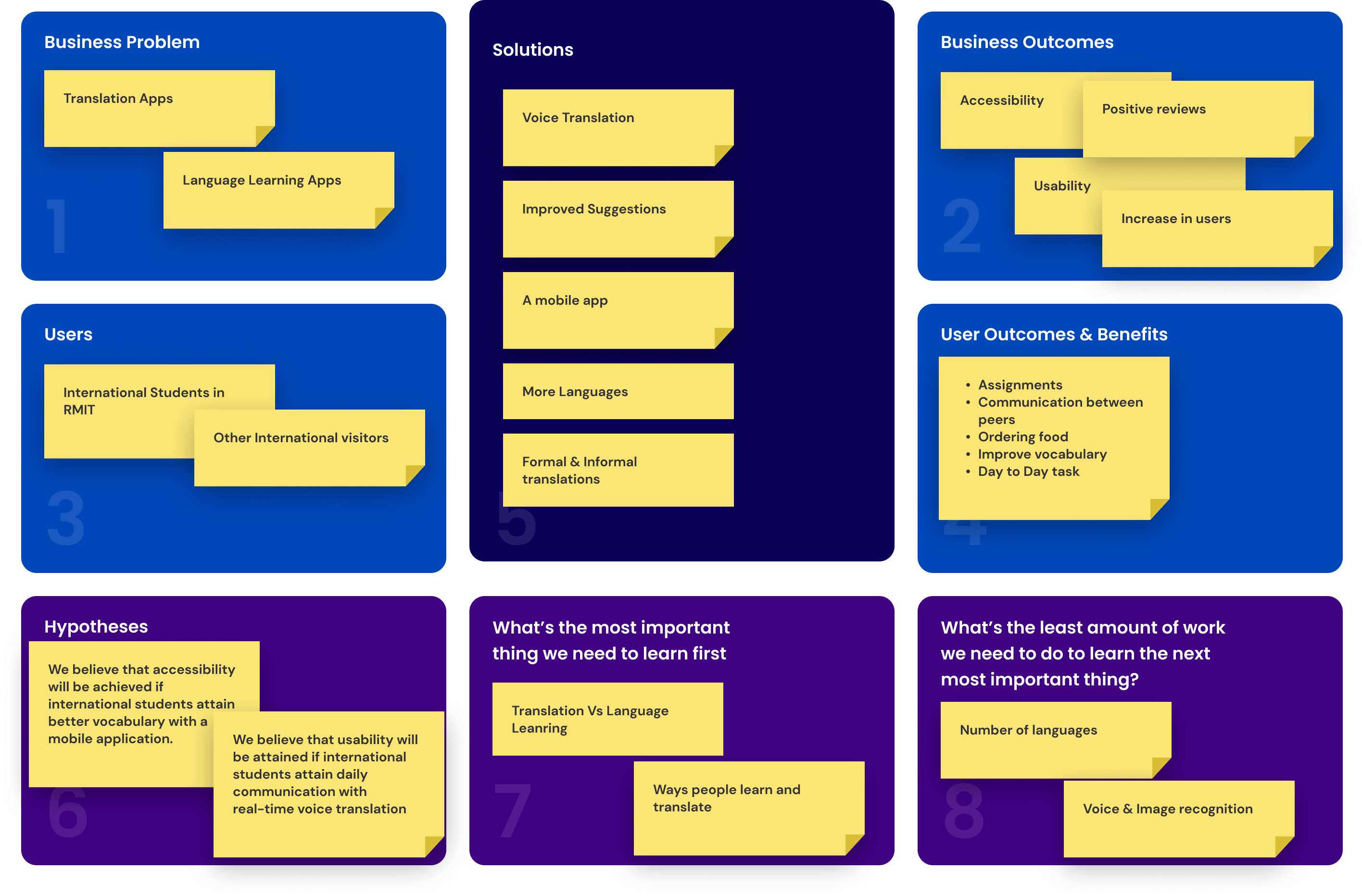

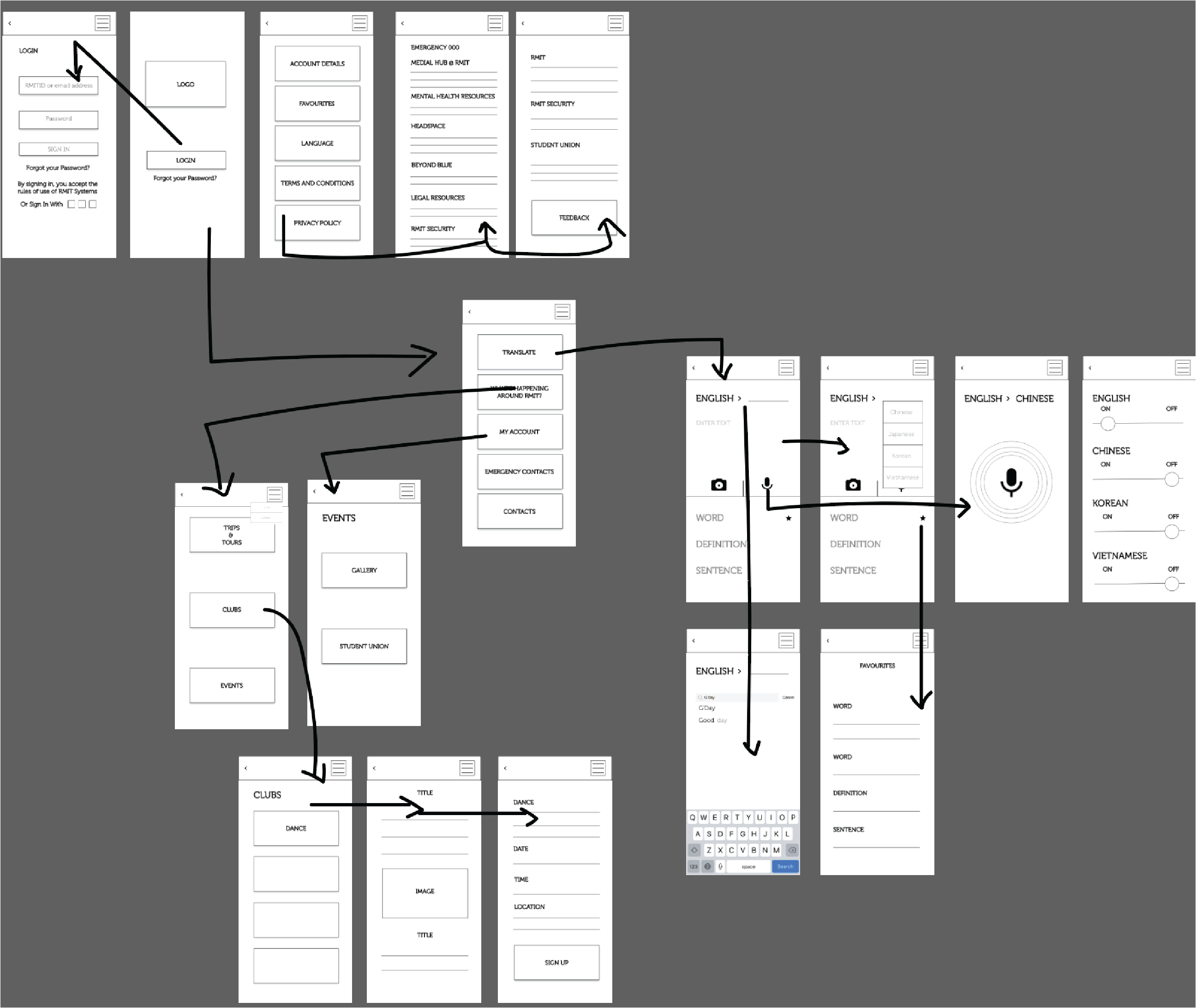
User Testing
Using the wireframes, the Retrospective Probing method of user testing was conducted, eye and finger movement were also tracked. The aim was to observe the navigation and check the user flow. Testing was done on 3 people.
Users were presented with three scenarios, first to be able to use the text option to translate, the second scenario to use the voice option to translate, and third to navigate using the “What’s Happening RMIT”
- The title of “Whats Happening RMIT required to be changed to more familiar term like events.
- Propose to keep an existing pre filled language so users can locate where to change the language based on their preference.
- Creating a history of translations.
- Adding favorites and history icons on every page.
- Addition expanding the word to get more details on the usage.
- Navigation is easy, however, “What’s happening RMIT” title required more clarity or description.
- The toggle required to change the language was difficult for one user.
- No easy access to favourites.
- The details of the translated words made the screen too text-heavy.
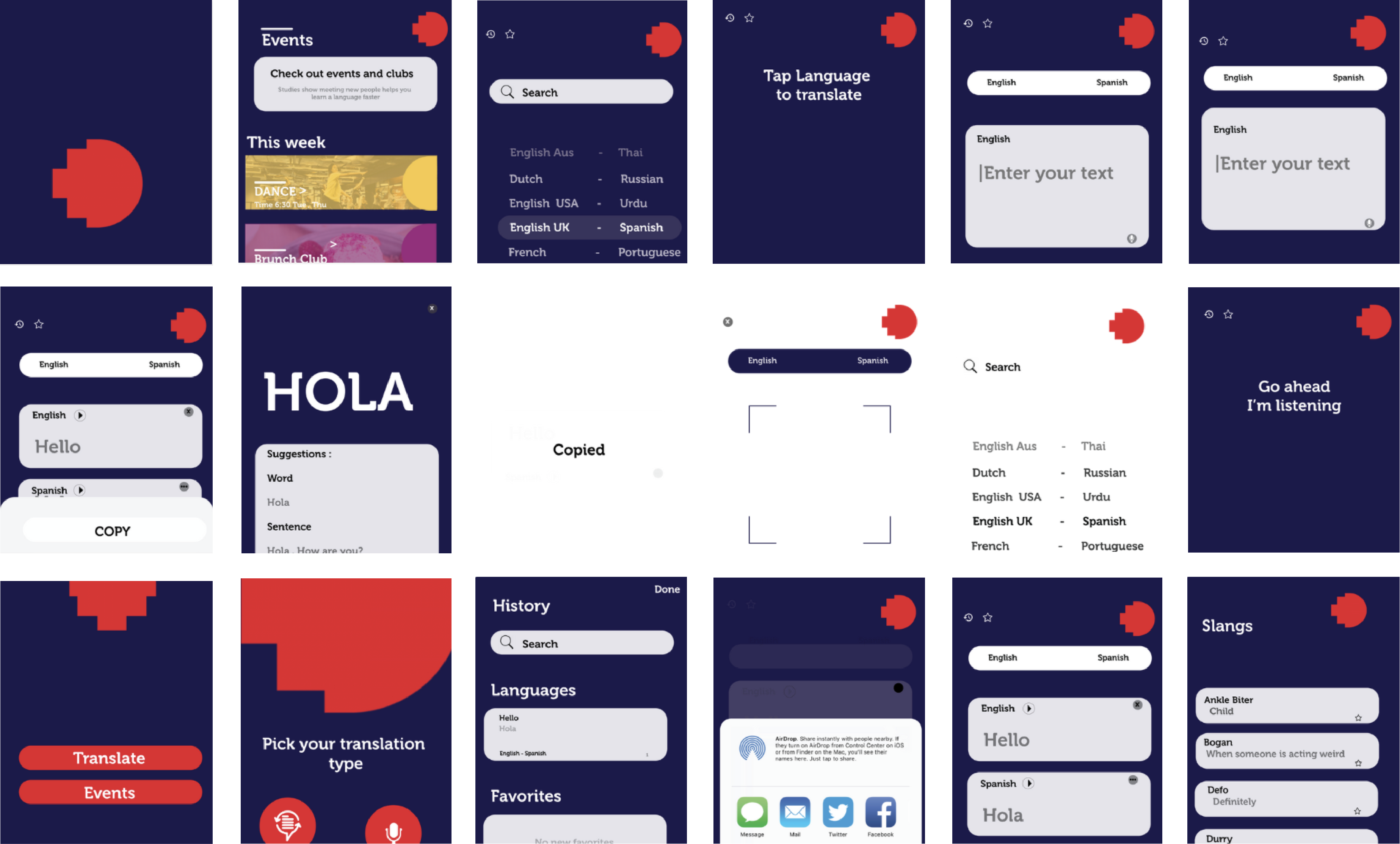
User Testing
Using a moderated Retrospective Probing method of user testing was conducted on one user. Another unmoderated remote user testing was conducted 2 other users.
Users were presented with three scenarios , first to be able to use the text option to translate , second scenario to use the voice option to translate and third to navigate using the “Whats Happening RMIT” .
- Addition of features to change the language of the whole app.
- Add keyboard pop up.
- Add screen to display voice input.
- Change icon for text translation.
- Easy to use
- No option to change the language settings for the whole app.
- Noticed no keybaord pop up.
- Voice translation input display.
- Text translate icon is confusing.
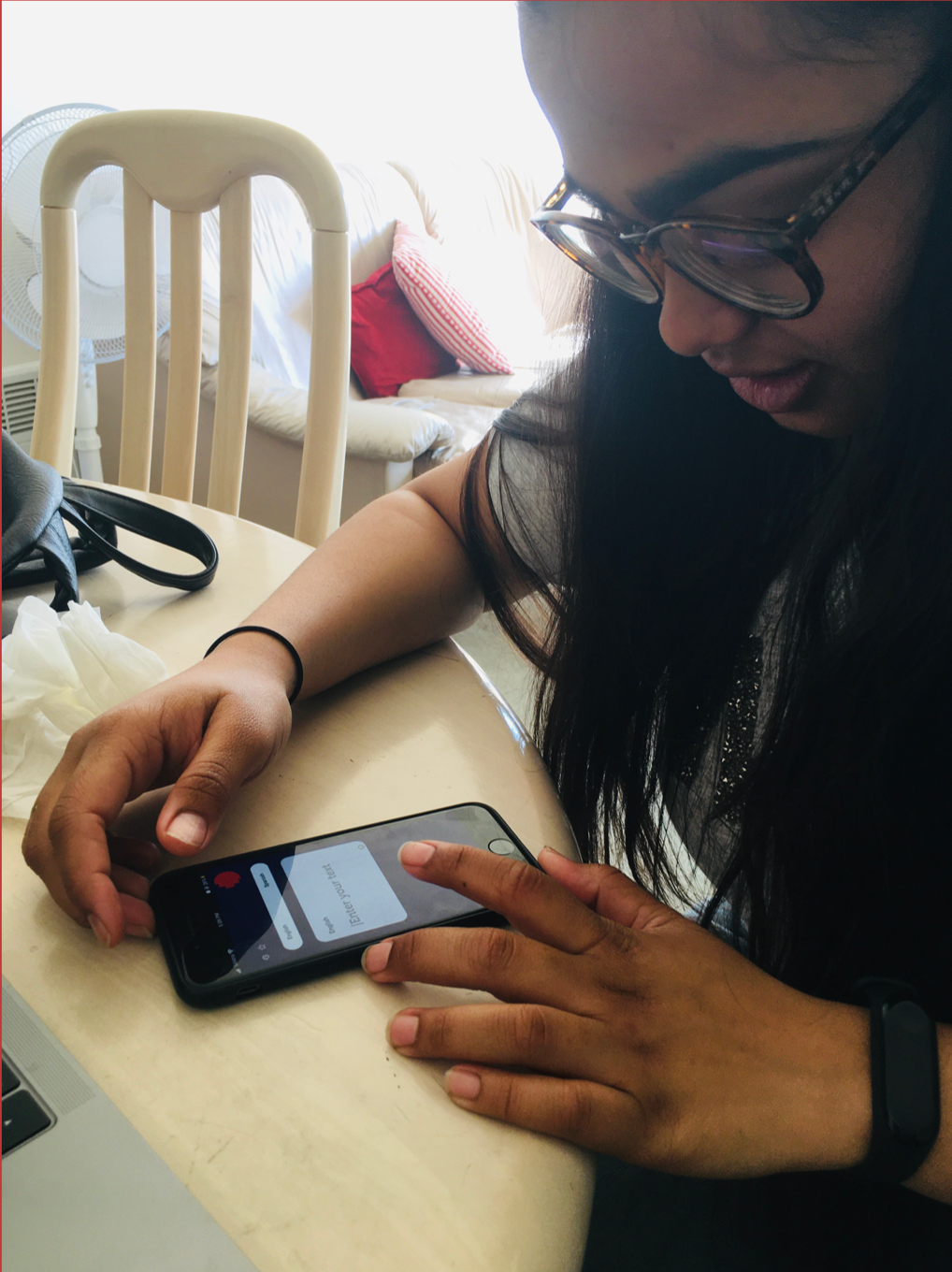
User Testing
We conducted moderated & guerilla testing on one user. The moderating technique used is Retrospective Probing. We also did unmoderated and remote testing on 4 different people to get additional findings.
With pre determined translation task of translating Hello from English to Spanish , we asked the users to do the same using text, visual and camera options, the second scenario was to navigate around the e vents section of the app.
Users were able to accomplish the scenarios given with great ease and found the navigation to be simple easy to use.
